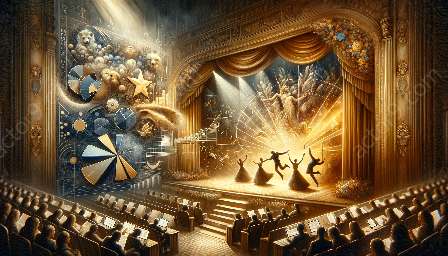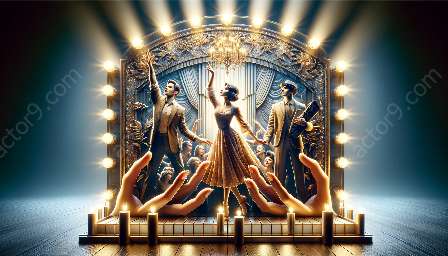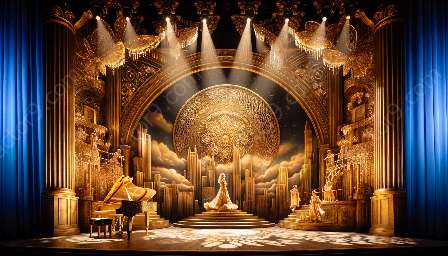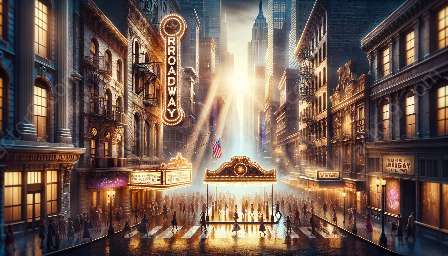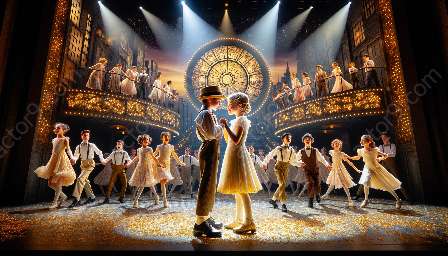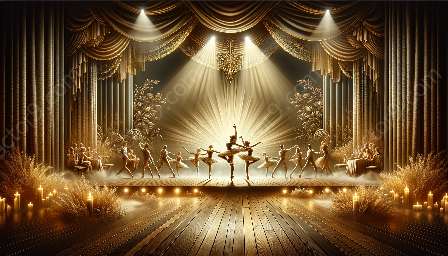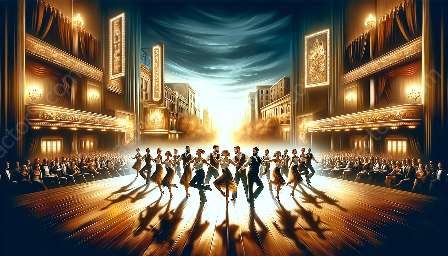Performing in a Broadway production is a dream for many actors, but it comes with its own set of challenges, particularly when it comes to addressing and adapting to the technical aspects of stage performance.
Broadway Acting Techniques
Before delving into how actors address and adapt to the technical aspects, it's important to understand the foundation of Broadway acting techniques. Broadway acting is known for its larger-than-life performances that are projected to the back rows of a theater while still retaining authenticity and emotional depth. Actors need to master vocal projection, physical presence, and the ability to convey complex emotions to engage the audience in a live setting.
Vocal Training
One of the key technical aspects of performing in a Broadway production is vocal training. Actors need to develop strong vocal techniques to ensure that their voices can carry and resonate in a large theater space without the aid of microphones. This involves exercises to strengthen the diaphragm, improve breath control, and expand vocal range. Additionally, actors must learn how to modulate their voices to convey different emotions and maintain vocal clarity throughout a performance.
Movement and Choreography
Another crucial aspect of Broadway acting is movement and choreography. Actors need to be adept at executing intricate choreography, often in elaborate costumes and with constant changes in stage scenery. This requires physical strength, agility, and coordination to seamlessly transition between different movements and dance routines while maintaining character continuity.
Emotional Authenticity
Broadway acting also emphasizes emotional authenticity. Actors must deliver powerful performances that resonate with the audience, requiring them to evoke genuine emotions while projecting those emotions to the entire theater. This involves mastering the ability to convey nuance and depth in facial expressions and body language, as well as developing the skills to establish a strong emotional connection with the audience.
Adapting to Technical Challenges
Addressing and adapting to the technical aspects of a Broadway production is an essential skill for actors to master. This involves understanding the intricacies of stage performance and the unique demands of live theater. Here are some of the key areas where actors need to adapt:
Understanding Stage Lighting
Actors must familiarize themselves with the impact of stage lighting on their performances. Different lighting setups can dramatically alter how an actor's facial expressions and body movements are perceived by the audience. Learning to work with lighting designers and understanding how different lighting cues affect their performances is crucial for maintaining consistency and impact on stage.
Auditory Awareness
Sound plays a critical role in live theater, and actors need to be highly attuned to auditory cues and cues from other performers. This includes being aware of musical cues, sound effects, and off-stage dialogue, as well as the ability to adjust their vocal projection and pace in response to changes in sound dynamics during a performance.
Stage Blocking and Spacing
Stage blocking and spacing are essential technical aspects that actors must navigate. They need to be precise in their movements to ensure that they are always in the right position on stage, particularly in ensemble scenes and choreographed numbers. This requires constant spatial awareness and the ability to adapt to changes in set pieces and props while maintaining the integrity of the performance.
The Intersection of Broadway and Musical Theater
When discussing the technical aspects of performing in a Broadway production, it's important to recognize the unique intersection of Broadway and musical theater. Musicals bring an additional layer of complexity to actors' performances, requiring them to seamlessly integrate singing, dancing, and acting while also addressing the technical demands of live singing and intricate choreography. This fusion of disciplines necessitates a high degree of adaptability and versatility from actors.
Live Singing and Mic Technique
One of the distinctive technical aspects of musical theater is live singing. Actors must develop the vocal stamina and control to sustain strong vocal performances over multiple shows per week, often without the luxury of retakes or post-production enhancements. Additionally, mastering mic technique is essential, as actors need to be comfortable using microphones while maintaining a natural and expressive singing voice.
Movement Integration
Musical theater often features elaborate dance numbers and seamless movement integration. Actors must be proficient in executing complex choreography while delivering a cohesive performance that combines singing and acting. The technical precision required to synchronize vocals, dance, and acting underscores the demanding nature of musical theater performances.
Technical Rehearsals and Adaptation
During technical rehearsals, actors have the opportunity to adapt to the unique technical aspects of a Broadway production, including the integration of lighting, sound, and set elements. This phase is critical for refining performances and ensuring that actors can seamlessly navigate the technical intricacies while maintaining the integrity of their characterizations.
Conclusion
Performing in a Broadway production demands a high level of technical proficiency and adaptability from actors. Navigating the technical aspects of stage performance requires a comprehensive understanding of Broadway acting techniques, as well as the ability to address and adapt to the specific challenges presented by live theater and musical performance. By honing their skills in vocal projection, movement, emotional authenticity, and technical adaptation, actors can excel in the dynamic and exhilarating world of Broadway and musical theater.










